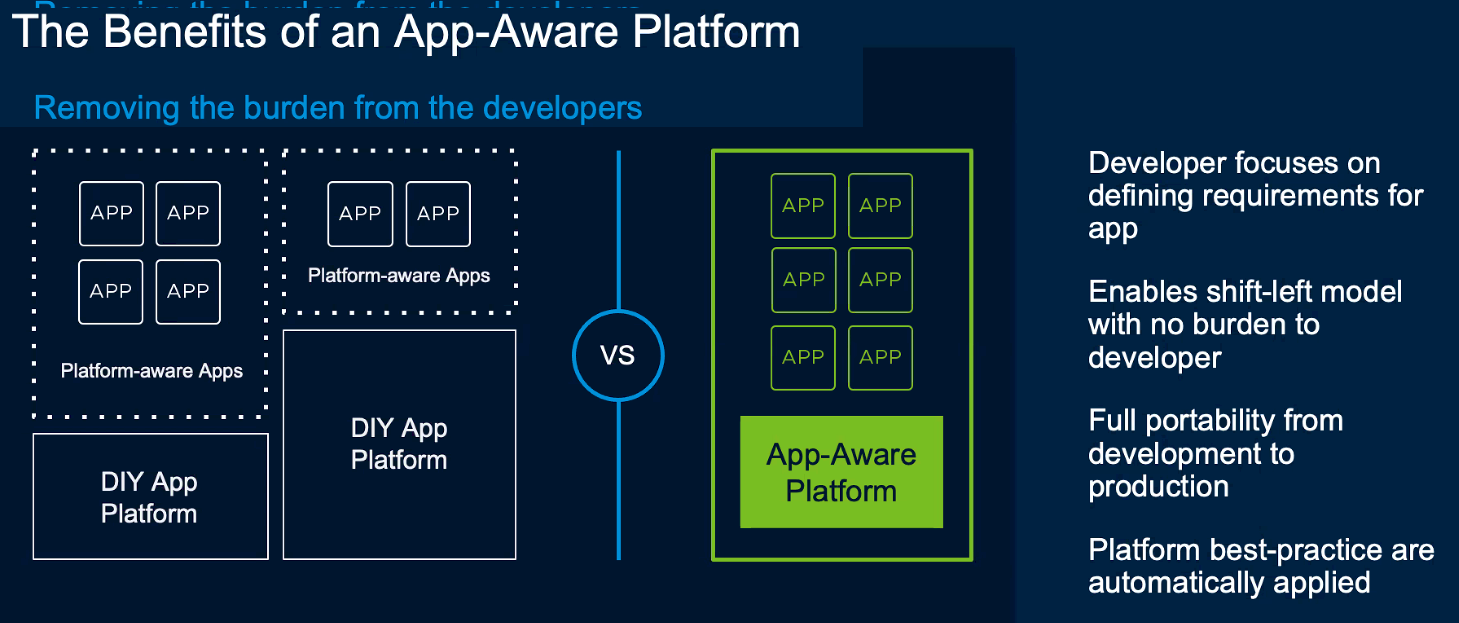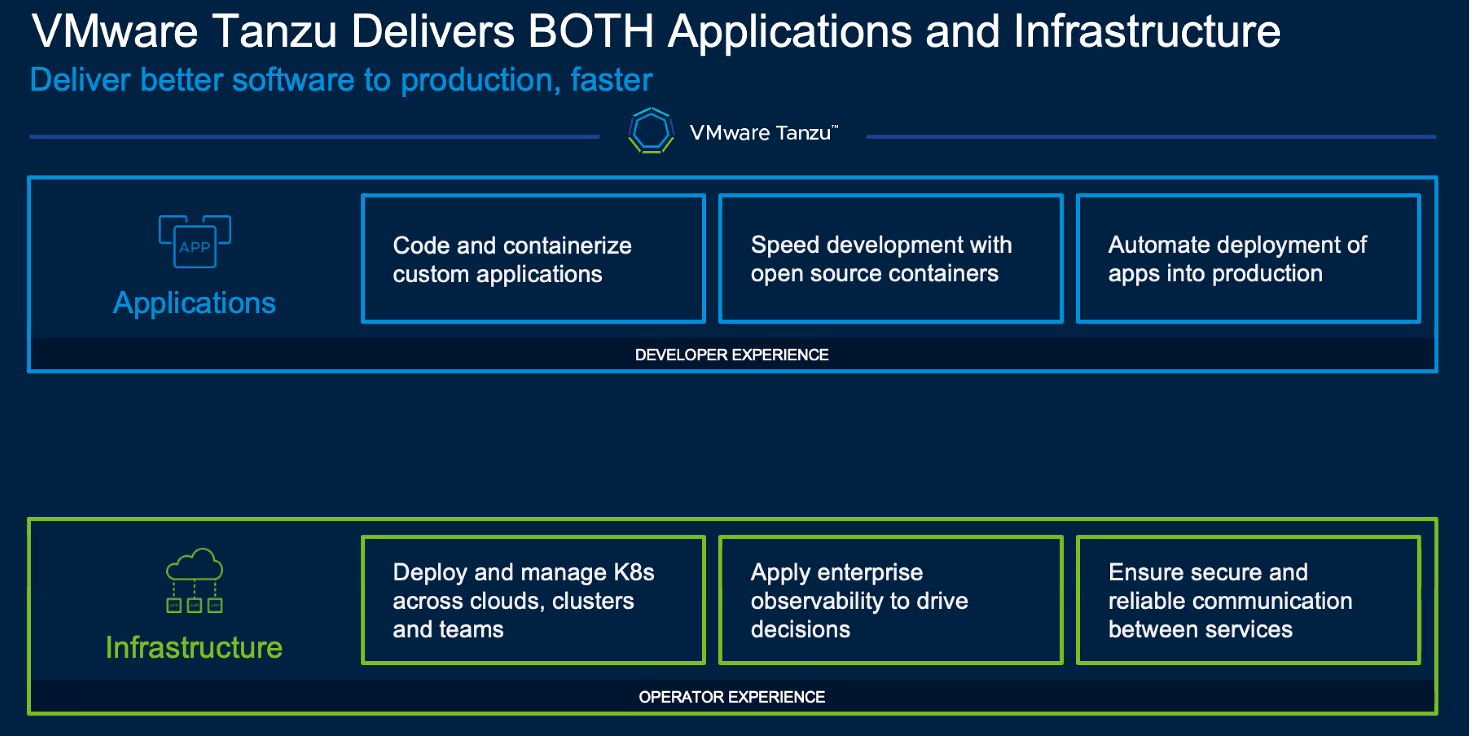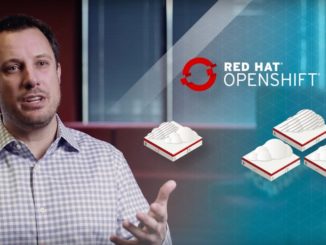
VMware made its mark in the fast-growing Kubernetes space in 2019 with the launch of its Tanzu portfolio, expanding its reach beyond virtual machines and into the world of containers. In the two-plus years since, the vendor has been building out Tanzu as part of its larger cloud-native strategy. Last year, for example, the company pulled together Tanzu and VMware Cloud Foundation to create a distributed platform now known as VMware Cloud, giving enterprises and developers the tools for modernizing and managing their cloud infrastructure.
Tanzu put VMware in tighter competition with other Kubernetes platforms, such as Red Hat’s OpenShift and Amazon Web Services’ Lambda service, at a time when Kubernetes has become mainstream. Red Hat in its report about Kubernetes last year found that 88 percent of organizations have adopted the technology, including 74 percent in production environments.
At the same time, VMware extended Tanzu’s availability in the cloud through partnerships with the likes of AWS, part of the company’s efforts to become what chief executive officer Raghu Raghuram has called the Switzerland of an increasingly distributed, multicloud IT environment. VMware will compete, but it also will work strategically with companies traditionally seen as rivals.
The vendor – newly independent after spinning out of Dell Technologies late last year – has seen success. It said last year that more 300,000 customers and 5 million developers were using Tanzu technologies and that companies every month are launching more than 1.5 million applications built with Tanzu.
In October, VMware launched the Tanzu Community Edition, a free, open-source and community-supported distribution of the platform that can be installed on a workstation or in the cloud. According to Ajay Patel, senior vice president and general manager of VMware’s Modern Apps and Management Business Group, initially saw 50,000 downloads and that number continues to grow.
Last year the company began talking about putting a greater focus on developers. VMware already offered Tanzu Application Service, a runtime for Spring, Spring Boot, Windows and .NET that can run in the cloud on AWS, Microsoft Azure, Google Cloud Platform and VMware. However, much of the focus of Tanzu has been on infrastructure and operations, Patel said during a recent conference call with journalists.
“We’re starting to see VMware take a leadership role in driving Kubernetes as a technology platform, our leadership in the community, but more importantly, delivering great value to our customers,” he said. “What’s been missing is this developer experience. Kubernetes is not a developer platform. It’s great for infrastructure and the power users, but as we talk to the enterprise customers, there’s been a clear gap.”
VMware closed the gap some with Cloud Foundry and in September put what it calls Tanzu Application Platform into beta. This week the company is making the application platform generally available, which will give enterprises platforms for both OT and application development that will make it easier for organizations to develop and then deploy their software. It expands VMware’s Kubernetes capabilities beyond running and managing Kubernetes clusters, ensuring availability and securing the infrastructure.
“Adding to that now is really about getting that application into production, which is, ‘How do I take applications or code and containerize it?’” Patel said. “‘How do I speed application development and get it into production safely and continuously on a on a regular basis? And how do I really solve this divide between dev and ops? Or how do I bring development and operations together and simplify this complex toolset so that most of my customers can combine them together?’ This opportunity we have is [providing] the best DevOps experience and how Tanzu continues to further this build-run-manage vision that we’ve had.”
The goal is to give developers a platform that includes tools and services that they can use to create applications and then get them into production, regardless of the cloud environment they are working in or the Kubernetes platforms they’re using. Kubernetes has grown rapidly, bringing complexity to developers who end up spending a lot of time doing other tasks – such as finding the right tools in a widening landscape of them or adapting to technologies as they move from one cloud to another – when they should be writing code. A key is that the VMware platform is decoupled from the underlying Kubernetes infrastructure developers are deploying their applications on, so the platform can be used in multiple environments, including with competitor Kubernetes environments, said Valentina Alaria, director of product for VMware Tanzu Application Platform.
“We’re starting from the common understanding of Kubernetes,” Alaria said. “It’s a great platform from an infrastructure perspective, but we’re all very aware of this developer experience gap … that’s really crystallizing as organizations look at adopting Kubernetes as the underlying technology. First and foremost, we want to make sure that we lower that barrier to adoption and complexity of navigating the ecosystem of Kubernetes technologies for developers. It’s about repackaging and rewiring and really simplifying so [developers] can just define what they need for their application and the platform takes care of all the rest.”
Portability is key, both for applications and developers who may move from one team to another. Bryan Kelly, lead engineering manager at heath IT services provider Cerner, said consistency is his biggest challenge with Kubernetes. Organizations like his have multiple teams using a range of technologies, from the open-source Spinnaker continuous delivery platform to Kubernetes controller Argo CD, adding that “it doesn’t work as a business to be doing development and production operations in that fashion because what it harms is the portability of humans moving between teams or helping other teams out on initiatives.”
The Tanzu Application Platform includes the tools needed for everything from sourcing to running applications, so applications can be deployed anywhere and people switching from one team to another will find the same tools. The platform’s modular and composable nature means that organizations can customize the tools they need and plug their own into the platform, Alaria said. Developers will have more time to write code, which translates to faster production and deployment, she said.
There are pre-configured templates – what VMware calls App Accelerators – for cloud-native patterns that will speed up development and a consistent user interface for pulling together services and APIs in a single management portal. Developers also can quickly iterate and debug code from the IDE, according to VMware. The Secure Software Supply Chain workflow automates the development process, Supply Chain Choreographer enables the building of pre-approved production paths and security features protect a supply chain environment that is increasingly becoming a target of ransomware and other cyberthreats.






Be the first to comment